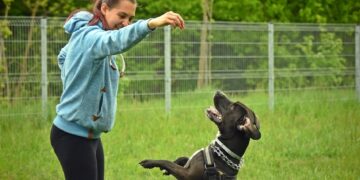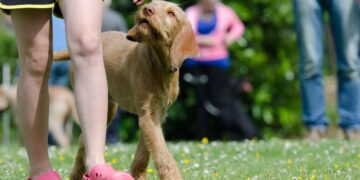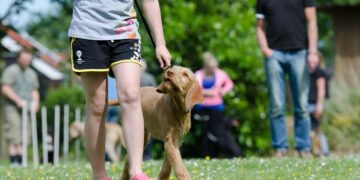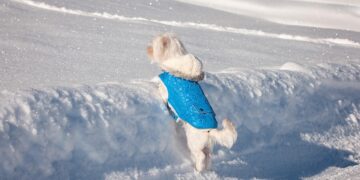Alpha Influence: The Dynamics of Dog Leadership in Packs
Understanding the concept of alpha dogs and their leadership dynamics within packs is crucial for both pet owners and animal enthusiasts. This article explores the intricacies of dog pack dynamics, discussing how alpha roles influence behavior and the overall hierarchy within groups of dogs.
The Concept of the Alpha Dog
The term “alpha dog” is often used to describe the dominant dog in a pack. Originating from studies of wolf packs, alpha dogs are considered to be at the top of the social hierarchy, wielding considerable influence over group activities. It is important to note that dominance in canine packs can vary greatly and is influenced by a number of behavioral and environmental factors.
Characteristics of Alpha Dogs
Alpha dogs display a distinct set of behaviors and traits that set them apart from their pack. Key characteristics include confidence, calm assertiveness, and the ability to maintain order within the group. They ensure that the pack functions as a cohesive unit by moderating conflicts and decision-making processes.
Leadership Styles in Dog Packs
Contrary to popular belief, leadership in canine packs is not solely about aggression or force. The leadership style of an alpha dog can be better described in terms of guidance and protecting the pack’s well-being.
Nurturing Leadership
Many alpha dogs lead through nurturing and mentoring rather than through intimidation. Such alphas are respected for their problem-solving abilities and their role in maintaining social stability within the pack.
Misconceptions About Alpha Status
The portrayal of alpha status in popular media often leads to misconceptions. Alpha dogs are sometimes wrongly depicted as tyrannical figures who rule through fear. This depiction is misaligned with the more accurate observations of natural dog behavior, which highlight a more balanced and equitable distribution of power within packs.
Impact of Misconceptions on Dog Training
Misunderstandings about the alpha concept can lead to problematic training methods. Reinforcing aggression or dominance in dogs can provoke fear and can disrupt the natural social dynamics of the pack, often leading to behavioral issues.
Alpha Dog and Pack Harmony
The alpha’s role is integral in promoting harmony and preventing chaos in the group. Effective leadership facilitates efficient communication among the pack members, fostering an environment where all can feel secure and have their needs met.
Communication Techniques of an Alpha
Alpha dogs commonly use body language, eye contact, and vocalizations to communicate with their pack. Such communication helps reinforce their role as leader and ensures that rules and boundaries are understood by all members.
Training Tips for Managing a Pack
For pet owners who manage multiple dogs, understanding the dynamics of dog leadership is essential. Recognizing and nurturing the alpha dog while ensuring each dog understands their role can lead to a balanced and peaceful home environment.
Encouraging Positive Leadership
Encouraging leadership qualities in a respectful way can enhance pack dynamics. Training should focus on positive reinforcement strategies that affirm good leadership behaviors without encouraging aggression.
FAQs about Dog Pack Dynamics
Can any dog become an alpha?
Leadership potential can vary widely among individual dogs. While some are natural leaders, others may never exhibit alpha traits. Understanding each dog’s unique personality and traits is critical.
How do I identify the alpha dog in my pack?
Observe how your dogs interact with each other. Signs of an alpha might include initiating play, maintaining order, or being the first to eat during mealtime.
Is the alpha dog always the oldest or biggest?
No, size or age does not necessarily dictate alpha status. Leadership can depend on a combination of temperament, intelligence, and social skills rather than physical attributes.
Understanding the alpha influence and the dynamics of dog leadership is more than just identifying “the boss.” It’s about fostering a healthy environment where all dogs can thrive under clear and fair guidance. By debunking common myths and adopting informed approaches to dog training and socialization, owners can enhance their relationships with their canine companions, ensuring well-adjusted pets and harmonious households.














































